Examples of Brand Extensions
Contents
Examples of Brand Extensions
Some companies have managed to successfully extend their brand and expand their brand identity, while others have miserably failed.
Here are 5 examples of successful brand extensions:
- Nike first started with running shoes in 1964. Since then, Nike has used the trust that it had in the industry sector to expand into other sports categories and lifestyle niches. Today, Nike has successfully expanded its brand identity throughout over 30 industry niches.
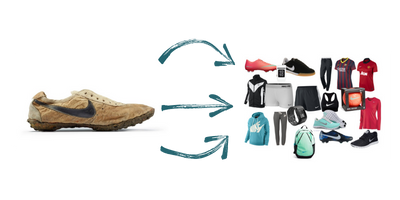
- Google started as a search browser in 1998. Google has leveraged its brand name and extended into Gmail - a hosted email service that is currently used by over 1.8 billion people around the world.
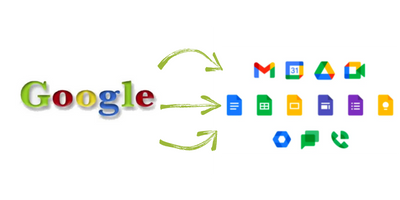
- Colgate made a natural move by expanding its 200 years of toothpaste experience with toothbrushes, mouthwash, and dental floss brand extension. It was and still is a massive success.
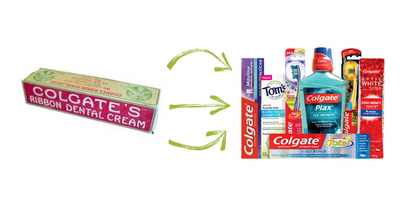
- Maggi first started with bouillon concentrates in 1897. One hundred years later, under the Nestle umbrella, Maggi produces seasoning sauces, noodles, recipe mixes, and the infamous concentrated cubes.
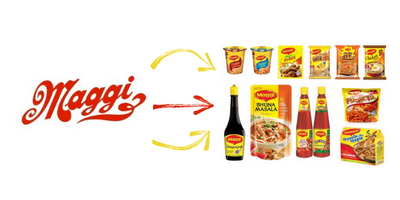
- BiC leveraged their corporate expertise with disposable inexpensive plastic and extended their brand line from pens to plastic razors.
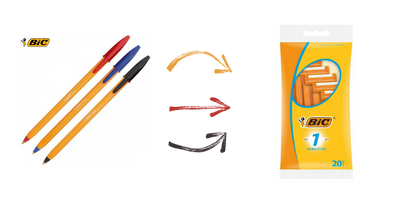
Here are 5 failed brand extension examples:
- Cosmopolitan magazine was a huge success in the 90s so they thought it would be a good idea to extend beyond the fashion niche, into the food industry. They introduced “The Cosmopolitan Yogurt”. It seems this was a step too far for the readers who did not convert into Cosmo dairy consumers.
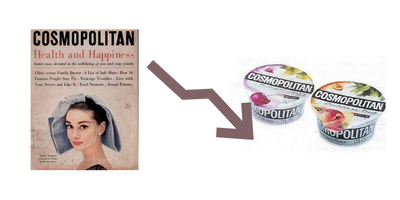
- Harley Davidson successfully branched out with selling clothes, lighters, and other lifestyle accessories. Unfortunately, they over-reached and tried to extend their brand by selling perfume. The loud, raw, oily impression a motorcycle gives off was not a turn-on for their customers and did not convince them to buy their perfume.
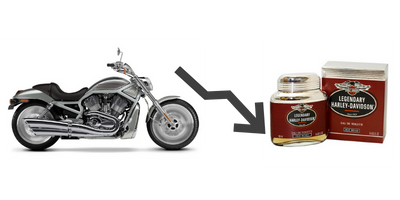
- Colgate has one of the biggest brand extension fails. They tried to expand into an industry that was not suitable for them by selling frozen foods. Evidently, nobody wanted to associate minty fresh with beef lasagna. Luckily, being a massive global brand, Colgate did not lose too much brand equity over this frozen foods nightmare.
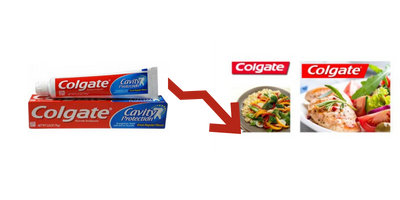
- Virgin ware by Virgin Group. The Virgin Company has had lots of brand extension fails during the decades. The Virgin brand tackles almost everything from international aviation, radio communication, wine clubs, gyms, and many more. VirginWare had a short stay on the market (2003-2005) although initially, it wanted to overrank Victoria's Secret market. It failed, miserably.
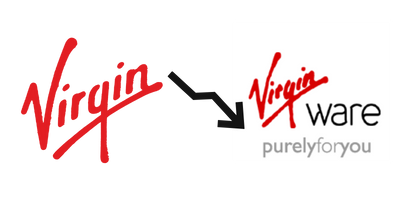
- McDonald's' Mighty Wings were not as fly as they thought they would be. They were just too expensive and too hot. The 2013-2014 brand extension was a propper failure under the "I'm loving it" brand.
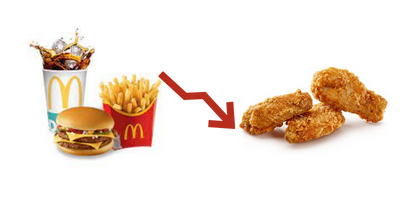
What is a Brand Extension
A brand extension is when a business that is already known for certain products in a specific niche uses its brand name to expand into other products categories over industries in which they are not already present.
By creating a successful extension, a business can drastically increase brand equity.
But, there are advantages and disadvantages when jumping on the brand extension wagon.
Depending on the brand extension strategies, some brands are playing it safe by keeping the extended tentacles close to their original product category while other companies choose to adventure further from the core brand nucleus.
Brand Extension vs. Line Extension
It is easy to mistake brand extension with line extension especially when the brand strategy implies the addition of complementary products.
Line extension implies changing the product features or adding new features to a product. In contrast, brand extension means introducing new products that are either closely related or not related at all to the original product of the brand.
Let’s take, for example, a vacuum cleaner.
If the company releases a version of the same vacuum cleaner, but with a pet hair removal solution, that means it has extended its line of products with one more product specifically designed for customers who tackle pet hair.
If the same company releases a special brush for taking pet hair out of narrow spaces, they are putting out a complementary product. But since it is a brush, not a vacuum cleaner, this is considered a brand extension.
In the same way, the company can branch out and sell carpet stain removing solutions under the same brand name and call this a brand extension.
Brand extension is something that requires a lot of research and planning. It is a delicate process with great risks. A company has to be well prepared and take into consideration scenarios like brand dilution or brand image damage before embarking on the vast seas of product extension.
Reference:
https://smallbusiness.chron.com/line-extension-vs-brand-extension-36797.html
https://brandmarketingblog.com/articles/good-branding/brand-extension-examples/